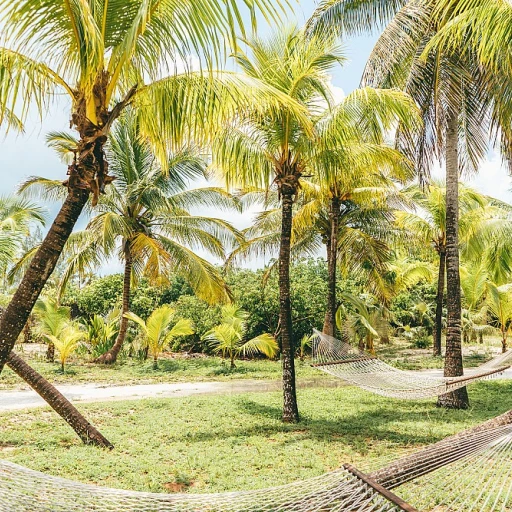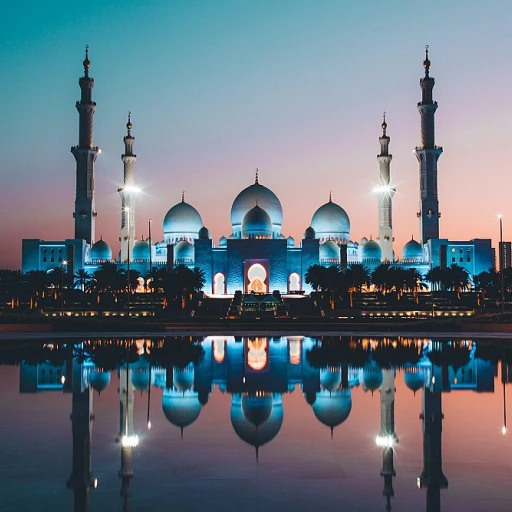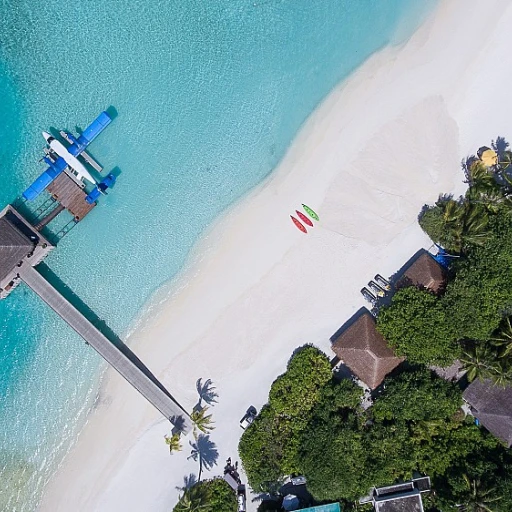Understanding the Climate Variations
Climate Considerations for Your Journey
Planning your journey to Vietnam and Cambodia involves understanding the intricate climate variations across these vibrant Southeast Asian countries. Both countries are characterized by a tropical climate, with distinct dry and rainy seasons influencing the best time to visit each region.
In Vietnam, the broad geographical spread from north to south results in diverse weather patterns. The north, including cities like Hanoi and the iconic Halong Bay, experiences cold and dry conditions from November to April. Meanwhile, the central regions can be affected by the monsoons, making certain times more favorable for travel. The south, including vibrant Minh City and the picturesque Mekong Delta, maintains a warm climate year-round but benefits from the dry season between December and April.
Cambodia, sharing similar weather traits, sees its dry season sweeping from November to April, providing the ideal conditions for exploring the legendary Angkor Wat near Siem Reap and the lively streets of Phnom Penh. Rain becomes frequent in the wet season, generally from May to October, but it doesn't always deter seasoned travelers looking to avoid crowds.
Timing your trip across these destinations in Southeast Asia is key to enjoying everything from cultural festivals to less crowded landmark visits. It is not merely about finding the sunniest days; it is about soaking in the culture and experiencing each place authentically. In planning an extended journey, consider exploring our guide: Crafting an Unforgettable 10-Day Journey Through Peru, which offers insights into making the most of a trip through diverse landscapes.
Cultural Festivals and Events
Festivals and Cultural Events that Illuminate Your Trip
For those lucky enough to embark on an exclusive journey to the captivating regions of Vietnam and Cambodia, understanding the cultural landscape is essential for enhancing the travel experience. This part of Southeast Asia is a treasure trove of festivals and events that offer a deep dive into local traditions, helping travelers connect with the spirit of the places they are exploring. One key consideration when planning your visit is the timing of the cultural calendar. For instance, the period from November to April is notably rich in festivities across both Vietnam and Cambodia. During the dry season, which marks the best time for your tour, events like the Tet Festival in Hanoi and the Water Festival in Phnom Penh bring ancient customs to life. These celebrations not only showcase traditional music and dance but also provide a window into the community's spirit, drawing both locals and tourists together in vibrant harmony. In central Vietnam, Hue Festival is celebrated every two years and is a must-visit for those in search of a fusion of cultural activities, including court music performances and traditional Vietnamese martial arts. Meanwhile, down south in Ho Chi Minh City, visitors can participate in the awe-inspiring spring flower festival which turns the city into a paradise of blooming flora. Time your trip accordingly to bask in these luminous moments. Crossing over into Cambodia, Angkor Wat stands as an iconic backdrop to several significant events. The Khmer New Year, usually celebrated in mid-April, is one such cultural highlight. Whether you're soaking in the breathtaking sunrise at Angkor or joining the crowds at Siem Reap's bustling streets, the season offers a profound glimpse into Cambodia's rich heritage. Engaging with these events will not only enrich your journey but also offer invaluable insights into the region's history and way of life. Don’t miss the chance to explore more about how exclusive travel experiences can be enriched by joining travel groups specialized in cultural tours, particularly for those over 50 seeking a connection with like-minded travelers. For more on this, check out our exploration of the world with black travel groups for those over 50.Navigating Tourist Seasons
Timing Your Journey for Optimal Exploration
When planning your exclusive journey to Vietnam and Cambodia, understanding the peak tourist seasons is key to enhancing your experience. The best time to visit Vietnam generally falls between November and April. This period typically coincides with the dry season, making it ideal for exploring popular attractions like Halong Bay and the vibrant city of Hanoi. Contrastingly, April marks the beginning of the hot and humid months in southern regions, including Ho Chi Minh City and the bustling streets of the Mekong Delta. Cambodia, particularly the mesmerizing Angkor Wat complex near Siem Reap, shares a similar dry season that draws crowds galore. November to April is often considered the prime season for tourist activities here as well. However, toward the end of this period, you might encounter the advent of the wet season that stretches into November. This shift can offer a unique perspective on the famous Angkor ruins shrouded in mist and lesser crowds. For those travelers wishing to combine their voyage with Thailand, it's worth noting that Thailand Cambodia shared months generally showcase an opportune window from November to April. This period often boasts pleasant weather across Southeast Asia, minimizing concerns about unpredictable downpours. Peak travel times mean certain sites will be busier. To counter this, consider venturing into less trodden paths or timing visits early in the day. By doing so, you can fully immerse yourself in the distinctive charm of these lands without the throngs of tourists that accompany the best days of the season. For travelers seeking inspiration for cultural enrichment, discover the optimal seasons for immersive retreats in the Southwest US. This guide complements a journey to Vietnam and Cambodia by offering a creative respite and diverse experiences.Unique Experiences Beyond the Usual
Immersing in Unparalleled Discoveries
Embarking on an exclusive visit to Vietnam and Cambodia unveils a tapestry of experiences beyond the conventional tourist paths. The journey offers a seamless blend of historic marvels and serene landscapes, enticing travelers during both the dry and wet seasons. Whether it's meandering through rice paddies or exploring monumental architectures, each moment is crafted to provide rarities. The renowned temples of Angkor Wat and the vibrancy of Hanoi's bustling streets present travelers with unforgettable memories. Venturing further south, the Mekong Delta becomes a playground of unique floating markets and cultural interchanges. April stands as a favored time for these experiences owing to favorable weather conditions, ensuring smooth travels in and out of cities like Ho Chi Minh and Phnom Penh. The central region's offerings are equally captivating. The UNESCO World Heritage sites and the coastal charm of Halong Bay hold timeless appeal. These destinations promise discovery during even the rainy months, with average temperatures often welcoming. Yet, as the dry season clears the path for clearer skies, there emerges a different charm enhancing the sights and sounds. Encounters with local artisans, community-led tours, and traditional rituals enhance a trip’s cultural tapestry. Each day unfolds distinctively, guided by the rhythm of the locale and its traditions. A travel itinerary that wisely incorporates less-visited sites in southeast Asia, including hidden gems of Thailand and Thailand Cambodia borders, expands the adventure as it complements the splendor of Cambodia Vietnam routes. In essence, journeys from November through to April create a diverse palette of an immersion-worthy tour. While big-city allurements remain, it's the countryside’s quiet allure that often rewards visitors with unparalleled authenticity, serving as an antidote to the hustle of mainstream tourist spots. With thoughtful scheduling, your trip shifts beyond mere logistics to an exclusive passage filled with genuine engagements.Travel Logistics and Timing
Planning Your Itinerary Around the Seasons
When charting your exclusive journey to Vietnam and Cambodia, paying attention to travel logistics is crucial. The weather plays a significant role in dictating the best time to explore the multitude of experiences these Southeast Asian jewels offer. The dry season, spanning from November to April, is often touted as the best time to visit Vietnam. This is particularly advantageous when traveling north to south, from Hanoi down to Minh City. The dry days make it ideal to immerse in unforgettable scenes around Halong Bay or to delve into the vibrant culture of the Mekong Delta. Cambodia experiences a similar pattern, with Angkor Wat's magnificence shining through under the clear skies from Siem Reap. Should your travels extend into the months of April, take into account that central and south Vietnam begins to warm up, and the average temperature rises. Navigating city life becomes a breezier task, though, as the rainy season approaches, bringing sporadic showers which often refresh the soul amidst explorations. It's worth noting that while popular tourist spots see a surge during these peak months, the savvy traveler can cleverly time visits to avoid crowds. Opting for early morning starts not only gifts you the serenity of solitude but also allows you to experience daily life as locals would around popular sites such as Phnom Penh or Angkor. To enjoy a seamless journey, be conscious of the transition between the rainy and dry seasons. Making informed choices about which part of Vietnam and Cambodia to explore at different times offers a peaceful escape from the usual tourist hustle, especially if venturing towards the borders of Thailand, where the seasons might not align with your central or south Vietnam tour.Adapting to Local Nuances
Embracing Local Traditions and Customs
When embarking on an exclusive journey to Vietnam and Cambodia, it is essential to embrace the local customs and traditions. This not only enriches your travel experience but also shows respect to the local communities. The cultural tapestry of Southeast Asia is vibrant and diverse, with each region offering unique traditions.
In Vietnam, for instance, the northern regions such as Hanoi and Halong Bay have distinct cultural practices compared to the bustling streets of Ho Chi Minh City in the south. Understanding these differences can enhance your interaction with locals and provide a deeper appreciation of the country's rich heritage.
Respecting Weather and Seasonal Changes
Traveling during the best time, such as the dry season from November to April, can significantly impact your trip. The weather in Vietnam and Cambodia varies greatly between regions. In central Vietnam, you might encounter different weather patterns compared to the Mekong Delta or the temples of Angkor Wat in Cambodia.
During the rainy season, certain areas may be less accessible, but this can also be an opportunity to experience the lush landscapes in a different light. Always plan your travel logistics considering the average temperature and the potential for wet or dry days.
Interacting with Local Markets and Cuisine
Exploring local markets is a must when visiting cities like Phnom Penh or Siem Reap. These markets are not just places to shop but are cultural hubs where you can observe daily life and taste authentic local cuisine. Whether you're in a bustling city or a quiet village, trying local dishes can be a delightful way to connect with the culture.
Incorporating these local nuances into your travel plans will not only make your journey more memorable but also foster a deeper connection with the places you visit. By adapting to these local elements, your exclusive trip to Vietnam and Cambodia will be a truly enriching experience.
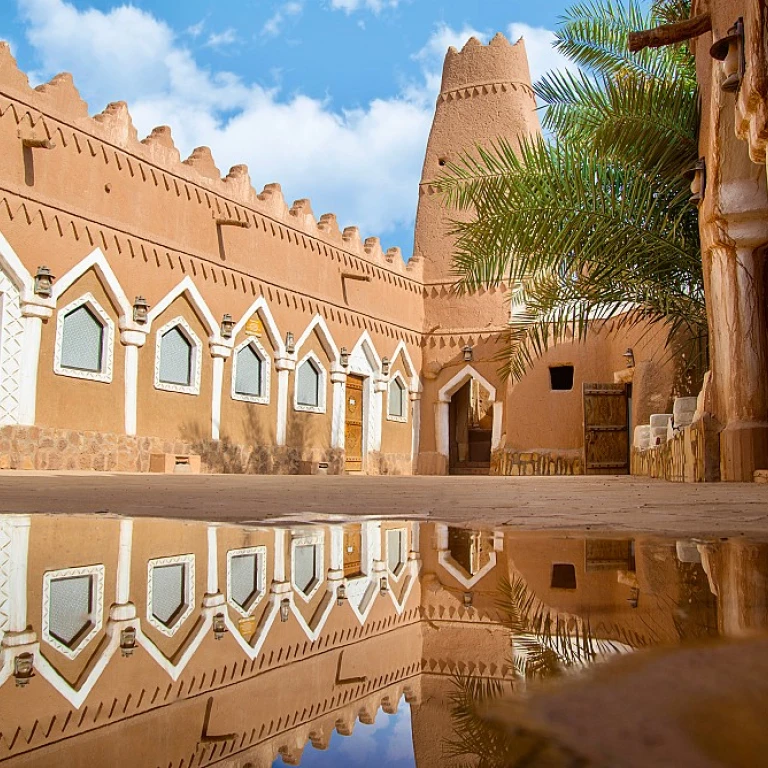
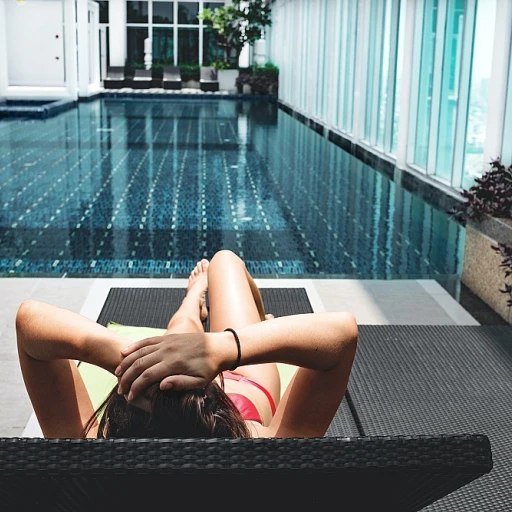
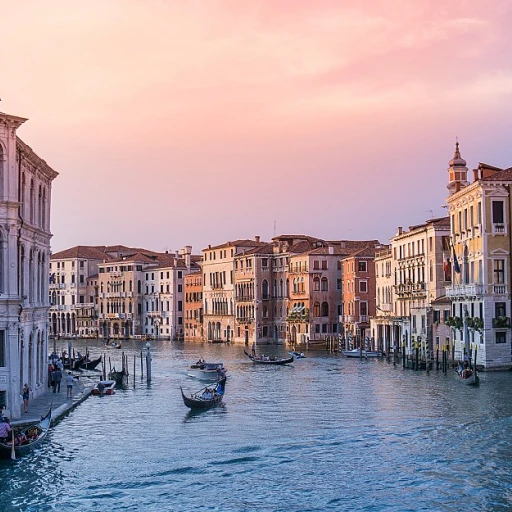

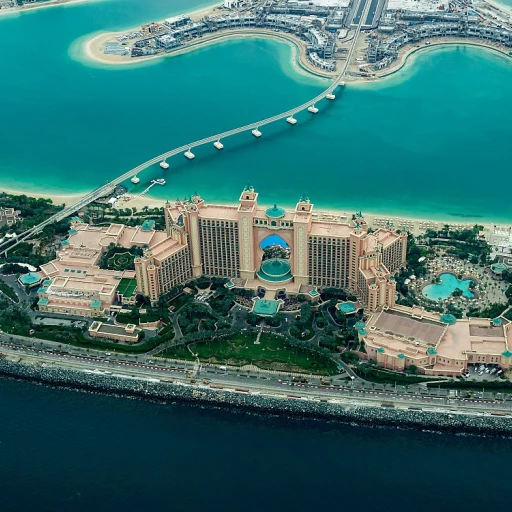
-large-teaser.webp)


